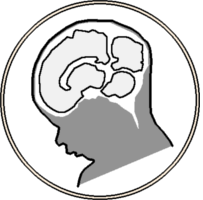Balachandrasekaran, Arvind, Alexander Cohen, Onur Afacan, Simon Warfield, and Ali Gholipour. 2022. “Reducing the Effects of Motion Artifacts in fMRI: A Structured Matrix Completion Approach”. IEEE Trans Med Imaging 41 (1): 172-85.
Abstract
Functional MRI (fMRI) is widely used to study the functional organization of normal and pathological brains. However, the fMRI signal may be contaminated by subject motion artifacts that are only partially mitigated by motion correction strategies. These artifacts lead to distance-dependent biases in the inferred signal correlations. To mitigate these spurious effects, motion-corrupted volumes are censored from fMRI time series. Censoring can result in discontinuities in the fMRI signal, which may lead to substantial alterations in functional connectivity analysis. We propose a new approach to recover the missing entries from censoring based on structured low rank matrix completion. We formulated the artifact-reduction problem as the recovery of a super-resolved matrix from unprocessed fMRI measurements. We enforced a low rank prior on a large structured matrix, formed from the samples of the time series, to recover the missing entries. The recovered time series, in addition to being motion compensated, are also slice-time corrected at a fine temporal resolution. To achieve a fast and memory-efficient solution for our proposed optimization problem, we employed a variable splitting strategy. We validated the algorithm with simulations, data acquired under different motion conditions, and datasets from the ABCD study. Functional connectivity analysis showed that the proposed reconstruction resulted in connectivity matrices with lower errors in pair-wise correlation than non-censored and censored time series based on a standard processing pipeline. In addition, seed-based correlation analyses showed improved delineation of the default mode network. These demonstrate that the method can effectively reduce the adverse effects of motion in fMRI analysis.
Last updated on 02/27/2023
